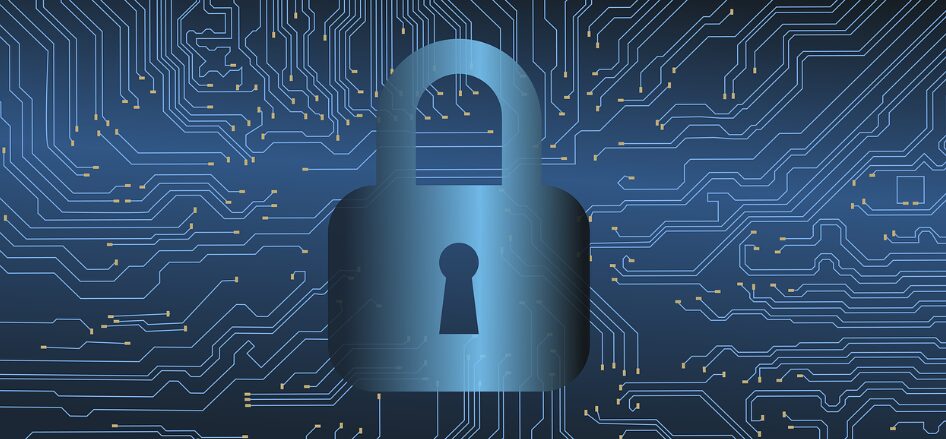Cyber threats are evolving at an alarming rate, and businesses are drowning in security data. Firewalls, antivirus software, and intrusion detection systems generate massive amounts of information every day—but without the right tools and expertise, this data can be overwhelming. Instead of offering clear insights, it often creates confusion, leading to missed threats or delayed responses.
The key to strong cybersecurity isn’t just collecting data—it’s knowing how to interpret and act on it. Businesses need strategies to filter out the noise, focus on critical signals, and respond effectively to emerging threats. In this guide, we’ll break down how companies can make sense of complex cyber threats and use security data to their advantage.
1. The Overload of Cybersecurity Data
Every organization generates security data from various sources—login attempts, network traffic logs, software updates, and phishing attempts. While this data holds valuable insights, most businesses struggle with:
- Too much information – Security tools send hundreds or even thousands of alerts daily, making it impossible to investigate everything.
- False positives – Many alerts turn out to be harmless, causing security teams to waste time chasing non-threats.
- Hidden threats – Important signals can get lost in the flood of data, allowing real cyberattacks to go unnoticed.
This overwhelming amount of information makes it difficult to detect actual security threats in real time. Businesses that don’t have a structured approach to analyzing security data risk missing critical warning signs, leaving them vulnerable to attacks.
2. Identifying the Most Critical Security Signals
Not all security alerts require urgent action, but knowing which ones do can mean the difference between a minor issue and a full-blown cyberattack. Businesses need to focus on key security signals that indicate real threats rather than getting lost in an endless sea of alerts.
Here’s how companies can refine their approach:
- Prioritize high-risk alerts – Instead of treating all security notifications equally, businesses should categorize them by severity. For example, repeated failed login attempts from unknown locations may indicate a brute-force attack.
- Leverage AI and automation – Machine learning-powered security tools can help filter out false positives and highlight genuine threats.
- Establish clear response protocols – Employees should know exactly how to respond to different types of security events, ensuring that serious threats get immediate attention.
By streamlining how alerts are handled, businesses can avoid wasting resources on minor issues and instead focus on the most pressing cyber risks.
3. The Role of Experts in Making Sense of Cyber Threats
Even with the best technology in place, human expertise is crucial in identifying and responding to cybersecurity threats. Automated tools can detect patterns and anomalies, but they often lack the ability to understand context or intent behind an attack.
Cybersecurity experts bring a deeper level of analysis by:
- Recognizing sophisticated attack patterns – While AI can flag unusual activity, experienced professionals can determine whether it’s a real attack or just an anomaly.
- Understanding evolving threats – Cybercriminals constantly adapt their tactics, and experts stay ahead by researching new vulnerabilities and attack methods.
- Providing strategic guidance – Security professionals help businesses develop proactive strategies rather than just reacting to threats.
This is why decoding data with the industry cyber security experts is essential for companies that want to strengthen their defenses. These professionals can analyze complex security data and provide actionable insights to mitigate risks effectively.
4. How Businesses Can Improve Threat Detection
Once businesses understand which security signals to prioritize and the importance of expert analysis, the next step is improving overall threat detection capabilities. This involves implementing smarter security tools, refining internal processes, and ensuring employees play an active role in cybersecurity.
Here are some key strategies:
- Deploy a Security Information and Event Management (SIEM) system – SIEM tools collect and analyze security data from multiple sources in real time, helping businesses spot threats faster.
- Update security policies regularly – Cyber threats evolve, and companies should adjust their security protocols to address new risks.
- Train employees on threat recognition – Employees should know how to identify phishing emails, report suspicious activity, and follow best security practices.
A well-rounded approach that combines technology, policy updates, and employee awareness can significantly reduce the risk of a successful cyberattack.
5. Turning Data into Actionable Security Strategies
Collecting cybersecurity data is useless if businesses don’t take action based on the insights it provides. Organizations must focus on using data to enhance their security posture and prepare for future threats.
Here’s how businesses can transform data into action:
- Monitor real-time threat intelligence – Staying updated on the latest cyber threats allows businesses to adjust their defenses proactively.
- Implement rapid response protocols – Having a clear action plan for responding to cyber incidents minimizes damage and recovery time.
- Continuously refine security measures – Regular audits and penetration testing help businesses identify weaknesses and improve their security strategy.
The goal isn’t just to react to threats but to stay ahead of them by using cybersecurity data to predict and prevent attacks before they happen.
Conclusion
In today’s digital world, businesses generate and receive massive amounts of security data, but not all of it is useful. The challenge is knowing how to filter, analyze, and act on the right information to stay protected.
By prioritizing critical security signals, leveraging expert analysis, improving threat detection, and turning data into actionable strategies, companies can strengthen their cybersecurity posture. Instead of being overwhelmed by information, businesses that develop a smart approach to security data will be better prepared to prevent cyber threats and respond effectively when attacks occur.



































